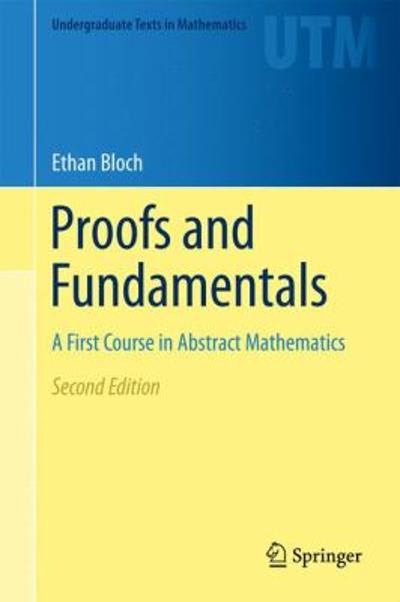Question
Bains, Scott, Kellett, & Saxon (2014) used t-tests to determine whether group cognitive-behavior therapy was effective at improving the psychological well-being of older adults. Specifically,
Bains, Scott, Kellett, & Saxon (2014) used t-tests to determine whether group cognitive-behavior therapy was effective at improving the psychological well-being of older adults. Specifically, the researchers looked at changes in four different psychological measures among 34 patients, all over age 65, who completed six weeks of group therapy. Four different psychological measures were given three times. The four measures were:
(1) HADS Anxiety: The anxiety-related portion of the Hospital Anxiety and Depression Scale, with higher scores indicating higher levels of anxiety.
(2) HADS-Depression: The depression-related portion of the Hospital Anxiety and Depression Scale, with higher scores indicating higher levels of depression.
(3) CORE-OM: The Clinical Outcomes in Routine Evaluation-Outcome Measure, which measures levels of distress (high scores) vs. psychological well-being (low scores).
(4) HoNOS 65+: The Health of the Nation Outcome Score, which measures various aspects of psychological and social health, with higher scores indicating poorer health.
The three times of testing were as follows:
(TIme 1) At "Assessment" - before therapy began
(Time 2) At "Termination" - after six sessions of therapy had been completed
(Time 3) At "Follow-up" - at a follow-up session several weeks after therapy had been completed
They compared the scores at each time of testing: Time 1 with Time 2; Time 1 with TIme 3; Time 2 with Time 3.Dependent samples t-tests were used for each comparison. The results are summarized in the table below. Notice from the footnote below the table that statistically significant results are noted with asterisks. Choose one of the comparisons and explain the results by answering the questions listed below.
Table 1. Group mean score and associated comparisons (Bains et al., 2014, p. 1060)
Assessment to termination | Assessment to follow-up | Termination to follow-up | |||||||
Measure | Assessment mean (SD) | Termination mean (SD) | Follow-up mean (SD) | t | d | t | d | t | d |
HADS- Anxiety | 10.85 (5.30) | 9.35 (4.61) | 6.06 (5.40) | 2.08* | 0.3 | 2.03 | 0.4 | 0.37 | 0.1 |
HADS-Depression | 9.10 (4.57 | 7.24 (3.80) | 7.26 (4.31) | 2.01 | 0.4 | 1.71 | 0.4 | -0.02 | -0.01 |
| CORE- OM | 14.30 (6.00) | 12.00 (7.10) | 11.30 (7.67) | 2.74** | 0.4 | 3.45** | 0.5 | 0.54 | 0.1 |
HoNOS 65+ | 9.23 (4.81) | 8.40 (4.60) | 7.74 (4.40) | 1.43 | 0.2 | 2.53* | 0.3 | 0.69 | 0.1 |
*p<.05
**p<.01
Reference
Bains, M. K., Scott, S., Kellett, S., & Saxon, D. (2014). Group psychoeducative cognitive-behaviour therapy for mixed anxiety and depression with older adults. Aging & Mental Health, 18(8), 1057-1065. https://doi-org.lscsproxy.lonestar.edu/10.1080/13607863.2014.908459
1. Choose the psychological measure and the comparison (between which two times of testing) you are focusing on:
a. Name of Psychological Measure:
b. Times compared:
2. What is the calculated value of the test statistic?
3. What is the associated p-value as reported in the results? (p>.05, p<.05, or p<.01)
4. Use this online calculator (https://www.socscistatistics.com/pvalues/tdistribution.aspx ) to determine the exact p-value, based on the pdf in the research (33), using a two-tailed test. Be sure it is in accordance with your answer in question 3.
4. Is the result statistically significant?
5. Based on the results presented in the above table, what is the effect size for this result?
6. Would you say that the effect is small, medium or large?
7. Write the result in "APA" format (include the values of t, p, and d). From the online calculator, click on "How to Report a T-Test Result" but also add the value of Cohen's d, as given in the table.
8. In one or two sentences, summarize the result.
Step by Step Solution
There are 3 Steps involved in it
Step: 1

Get Instant Access to Expert-Tailored Solutions
See step-by-step solutions with expert insights and AI powered tools for academic success
Step: 2

Step: 3

Ace Your Homework with AI
Get the answers you need in no time with our AI-driven, step-by-step assistance
Get Started


